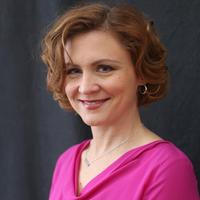About the project
Objective
We have two key objectives:
- Understand the extent of diversity at multiple spatial scales in biological systems
- Build an interdisciplinary community in Digital Futures to develop computational models that account for the experimental observed heterogeneities
To this end besides extensive literature surveys we will organize thematic workshops to find synergies among digital future researchers. Besides, we will bring together international experts in the area for a conference at Digital Futures.
Background
Biological systems are shaped by their evolutionary history and adaptation animals acquire throughout their life. This implies that even if two beings exhibit similar behavior the underlying physiological mechanism could be different and vice versa. ‘Degeneracy’ and diversity can be seen at every scale in biological systems: from gene expressions to behavior and can be quantitatively observed in heavy-tailed distribution of physiological parameters. Parameters that describe a biological system usually do not follow the classical Gaussian (or exponential family) distribution.
This biological reality is in stark contrast to how we build computational models of biological systems: Either take a data-driven or normative approach. Data-driven models rely on extensive data but typically we end up with an average model. Normative modeling on the other hand seeks to model biological systems assuming (based on data or some physical/chemical principles) that the system is ‘optimized’ in some sense. Both approaches ignore the fact that cohorts of biological systems do not follow normal distribution and each animal is optimized in their own way.
In this project we want to better understand the structure of the non-normal nature of biological data and how it can be better captured in our computational models.
Cross-disciplinary collaboration
We will focus on three specific spatial scales i.e. molecular level (i.e. genome, transcriptome and proteome), tissue/organ level (i.e. neural networks, cellular physiology, multiscale tissue mechanics, computational human models) and behavior level (i.e. decision-making, motor control). While the data at each level is different we expect there will be some common principles that relate diversity at different levels.
Contacts: Arvind Kumar, Xaiogai Li and Lanie Gutierrez-Farewik




